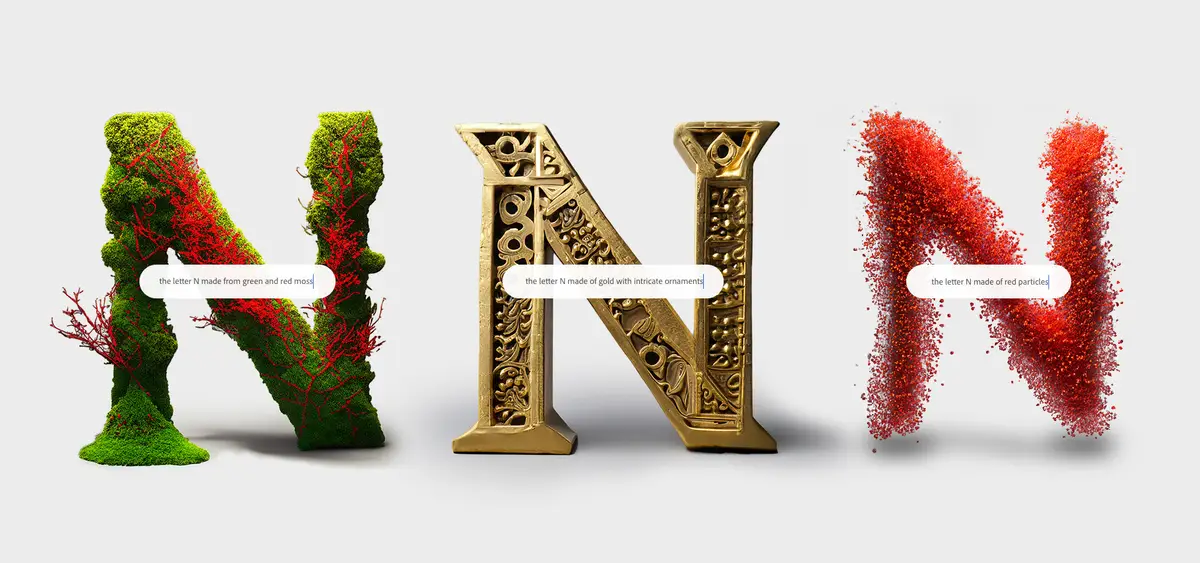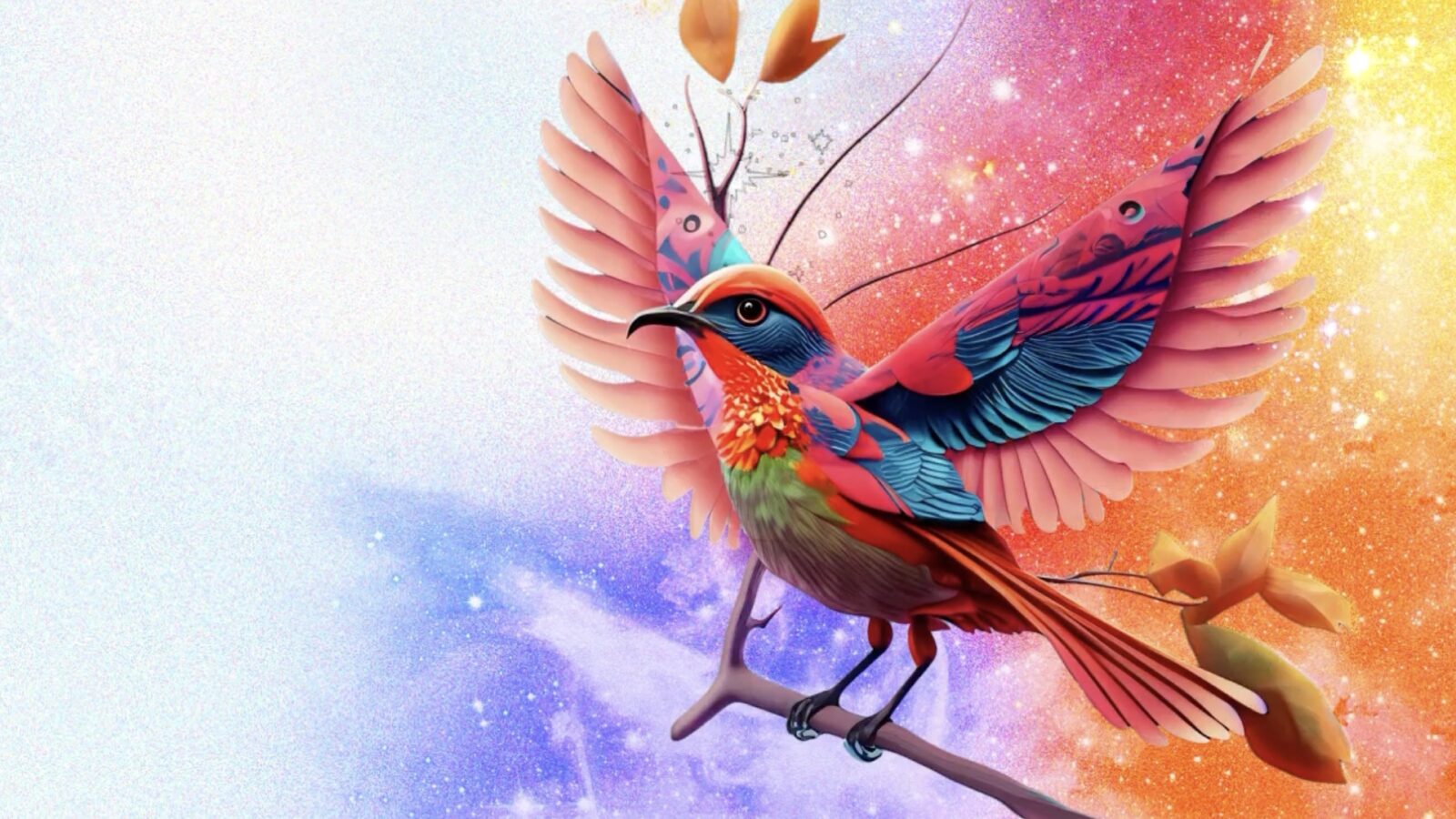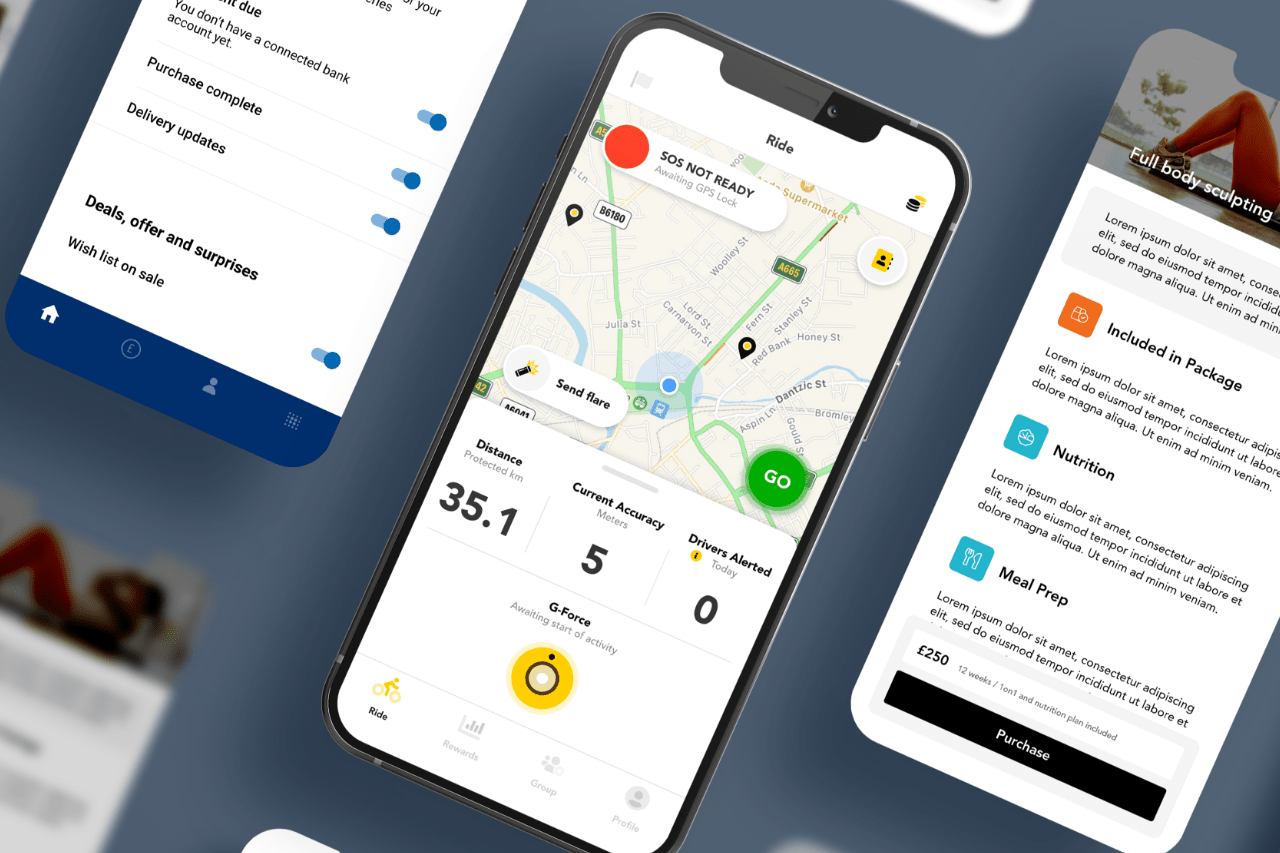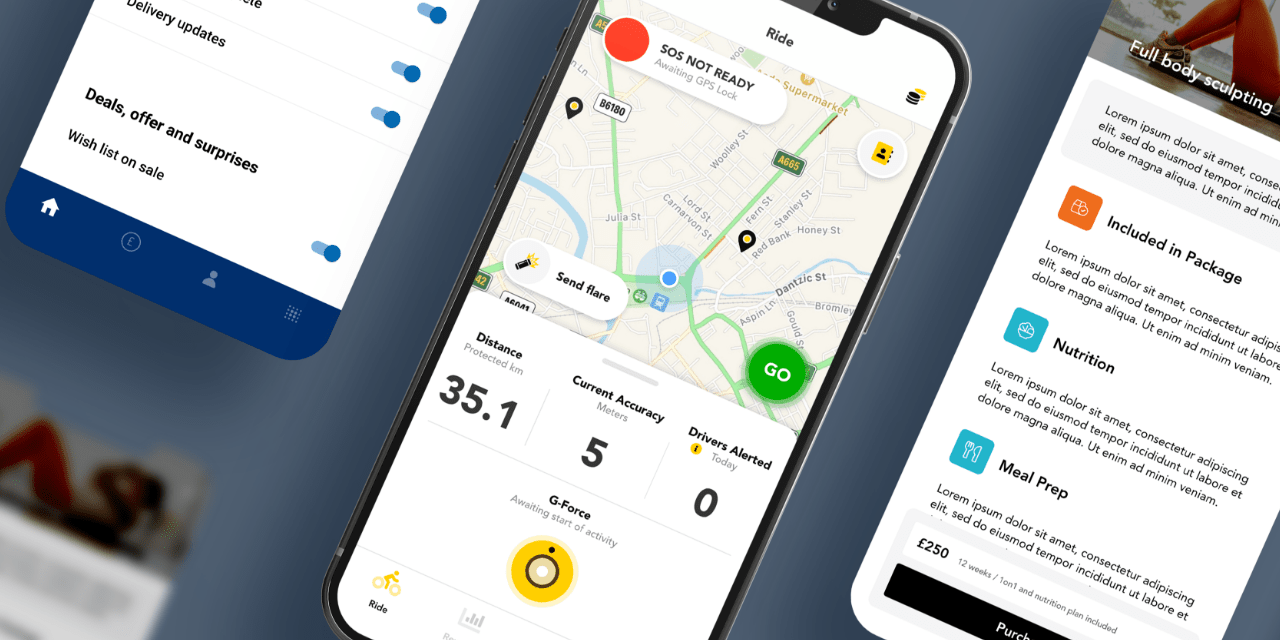More Posts
Unleashing Creativity: A Recap of Apple’s October Event
The tech world is buzzing with excitement as Apple introduces the all-new iMac, available…
You will be able to have a real-time NBA player in your control with the NBA app.
The NBA app is the best way to stay up-to-date on everything NBA. From live game scores…
Google Reveals It\’s Competitor to ChatGPT, Bard.
Google has launched its latest Artificial Intelligence (AI) project called Google Bard.…
Adobe's New AI Tool Aims to Help Creative Professionals
Previously, OpenAI’s Dall-E service amazed the world by transforming text prompts into images. Adobe has now created its own version of this generative AI technology, which will begin to revolutionise the company’s widely used creative tools.
Adobe released the first two members of its new Firefly collection of generative AI tools for beta testing on Tuesday. The first tool creates an image based on a text prompt, such as “a fierce alligator leaping out of the water during a lightning storm,” with hundreds of styles that can be used to tweak the results. The other tool applies prompt-based styles to text, allowing users to create letters that appear hairy, scaly, mossy, or whatever else they desire.
These new tools are part of Adobe’s larger goal of making its creative tools more accessible and user-friendly. By allowing users to generate images and text with just a few words, Adobe is hoping to make it easier for people to bring their ideas to life.
These tools are still in beta testing, but they have the potential to revolutionise the way people create art and design. With the ability to generate images and text with just a few words, Adobe is making it easier than ever for people to bring their ideas to life.

Adobe has released its new generative AI tool, Firefly, on its website. The tool is currently available for beta testing and will be integrated into Adobe’s other creative tools, such as Photoshop, Illustrator, and Adobe Express, in the future. The company has not yet announced pricing for the new tools.
Some creative professionals may be concerned that Firefly will encroach on their domain, taking over tasks that are currently considered to be creative, such as choosing colours and trimming videos. However, Adobe believes that AI is a tool that can be used to amplify human creativity, rather than replace it. For example, Firefly could be used to create personalised designs for individuals, rather than one-size-fits-all designs.
Only time will tell how Firefly will be used by creative professionals. However, it is clear that AI is becoming increasingly sophisticated and is poised to play a major role in the creative process.
Adobe’s Firefly products are trained on a variety of data, including the company’s own library of stock images, as well as public domain and licensed works. The company has taken steps to reduce bias in the training data, such as by ensuring that the images include a diverse range of people and backgrounds. This is important because AI models can reflect the biases of the data they are trained on, so it is important to make sure that the data is as representative as possible.
For example, if an AI model is trained on a dataset of images that mostly show business executives who are male, then the model may be more likely to generate images of business executives who are male. This can be a problem if the model is used to create images for a business that wants to promote diversity and inclusion.
By taking steps to reduce bias in the training data, Adobe is trying to ensure that its Firefly products are as fair and unbiased as possible. This is an important step in making sure that AI is used in a way that benefits everyone.

SHARE THIS POST
Newsletter
Join our newsletter to stay up to date on news and more.
Be the first to find out about new features, events, and updates when you sign up for our free newsletter!

Newsletter
Join our newsletter to stay up to date on news and more.
Be the first to find out about new features, events, and updates when you sign up for our free newsletter!









